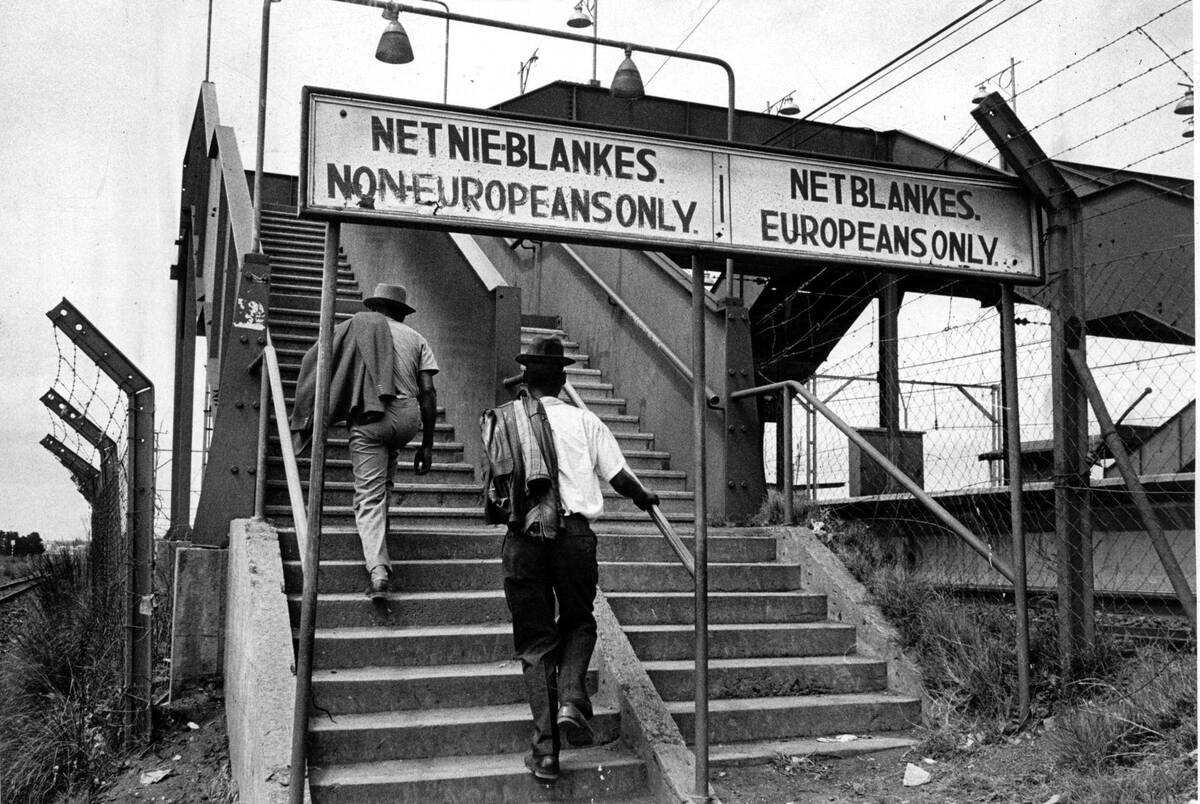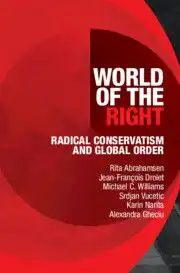Home>From White Supremacy to the Global South: Radical Right Is Not a National Phenomenon

04.10.2024
From White Supremacy to the Global South: Radical Right Is Not a National Phenomenon

Rita Abrahamsen, Professor at the Graduate School of Public and International Affairs (University of Ottawa), and Research Fellow at the Centre for International and Comparative Politics (Stellenbosch University) has been invited by Sciences Po Center for International Studies (CERI) to inaugurate this new academic year 2024-25. Her conference was entitled “Global Right, Global White: South Africa and the Geopolitical Imaginary of the Radical Right” and Rita Abrahamsen recently co-authored World of the Right: Radical Conservatism and Global Order (Cambridge University Press).
How can the radical right movements be simultaneously global and local? And why do they appeal to the Global South? Read a selection from Rita Abrahamsen's interview.
> Read the full article by Miriam périer on CERI's website.
Can you define what you mean by the radical right?
Definitions are always fraught with difficulties because, as we all know, categorisations are never neutral but are parts of political struggles.
This is particularly so when it comes to conservatism and the Right. In the book, we have a long discussion about this, but briefly put, I use the term radical Right to refer to various groups that, broadly speaking, accept democracy but are illiberal and reformist and tend to opt for institutional means to attain power. This contrasts with the extreme Right, which rejects democracy, is more revolutionary and sometimes supports and advocates violence.
Both are part of the broader family of the Far Right, which excludes more conventional conservatives that advocate gradual change. Importantly, this is a sliding scale and the definition of what counts as the Right is itself a space to be struggled over – and that space is global as much as it is local. For me, it is important to keep this space of struggle in mind, as definitions can also become an obstacle to understanding, especially of the relations and power play between positions.
What makes the radical Right a global movement?
To many, it may seem counter-intuitive to see the Right as anything but national and nationalist. Because the many diverse radical Right movements and parties around the world are almost invariably nationalist, they tend to be studied as a series of distinct national phenomena. As a result, the study of the Right has traditionally resided within the discipline of Comparative Politics rather than International Relations, and it is only recently that scholars have begun to think more seriously of what it might mean to think about a global Right, and this is one of the key questions we explore in World of the Right. For my co-authors and I, the radical Right is global or transnational in several ways.
Most obviously, it is increasingly networked through various international conferences and summits, such as the Nat-Con conferences and the CPAC conferences. These have become political theatres where the radical Right from all over the world mingle and meet, learn from each other, and perform their strength and unity.
But this is not all there is to it. The contemporary radical Right is in significant ways constituted by transnational interactions operating at multiple scales, and it also in important ways defines itself and is co-constituted by its relation to the global, not just to the national. Their ideology, for example, is centrally defined in opposition to liberal globalisation and the global liberal elite, or the “New Class”, as they often call them. As such these movements and ideas are in important ways constituted by the global.
Capturing these various global entanglements is far from easy. It requires a theoretical approach that breaks away from established, pre-defined categories of state, nation and society, recognising their fluid interactions, profound relationality, and the co-constitution of identities. In the book, we develop an approach that understands the radical Right, its conditions of possibility, its ideologies, worldviews, and sensibilities, as simultaneously global and local. It is by no means the same everywhere—far from it; the Right has its own distinct articulations in different countries and places, but these movements are not entirely endogenous or explicable with reference to domestic factors alone.
How does the radical right discourse fit with the growing anti-imperialism & anti-western sentiment in Africa?
This is also a really interesting and important question. To many, the very idea that the radical Right has an appeal or alliances in Africa and other parts of the Global South is counter-intuitive. This perspective risks badly underestimating the influence and reach of the radical Right. In The World of the Right, we explain this at length in the final chapter. The key themes are nativism or ethno-nationalism, anti-universalism, and recognition.
While the radical Right is often associated with white supremacy – and there is no doubt that many of its followers can be classified as such – it is nevertheless critical to recognise that the ideology of the contemporary radical Right is profoundly anti-universalist. Briefly put, they argue that liberalism has destroyed the distinctiveness of cultures and that this is the great failure, or tragedy, of liberalism, including its drive to spread human rights and impose democracy or regime change around the word.
For the contemporary radical Right, cultures or civilisations are incommensurably different, but none have a claim to universal or global superiority. In this sense, they are nativist or ethno-nationalist, arguing that all cultures have a right to their difference (providing, of course, that difference is elsewhere). It is this anti-universalism and anti-imperialism that allow the radical Right to make common cause with many individuals, activists, groups, and governments in Africa and other parts of the Global South that also feel dominated or oppressed by the demands of global liberalism.
So we see, for example, African cultural nativists making common cause with their analogical global allies – a good example is the relationship between the radical pan-Africanist Kemi Seba, the éminence grise of the French Nouvelle Droite Alain de Benoit, and the Russian radical Right ideologue Alexander Dugin. In the book we explore this through the concept of “recognition” and show how transversal alliances join together very diverse forces from the radical Right, religious organisations, African politicians, and activists around the notion of the “natural family” in opposition to the promotion of liberal rights such as abortion and LGBTQ+.
There is much, much more to be said about this topic, but it is important to recognise that the anti-universalism and ethno-nationalism of the radical Right allows for and facilitate often surprising alliances with anti-imperialist activists and agendas in the global South.
Cover image caption: Signs at a South African train station during apartheid. (credits: Ernest Cole, CC licence.)